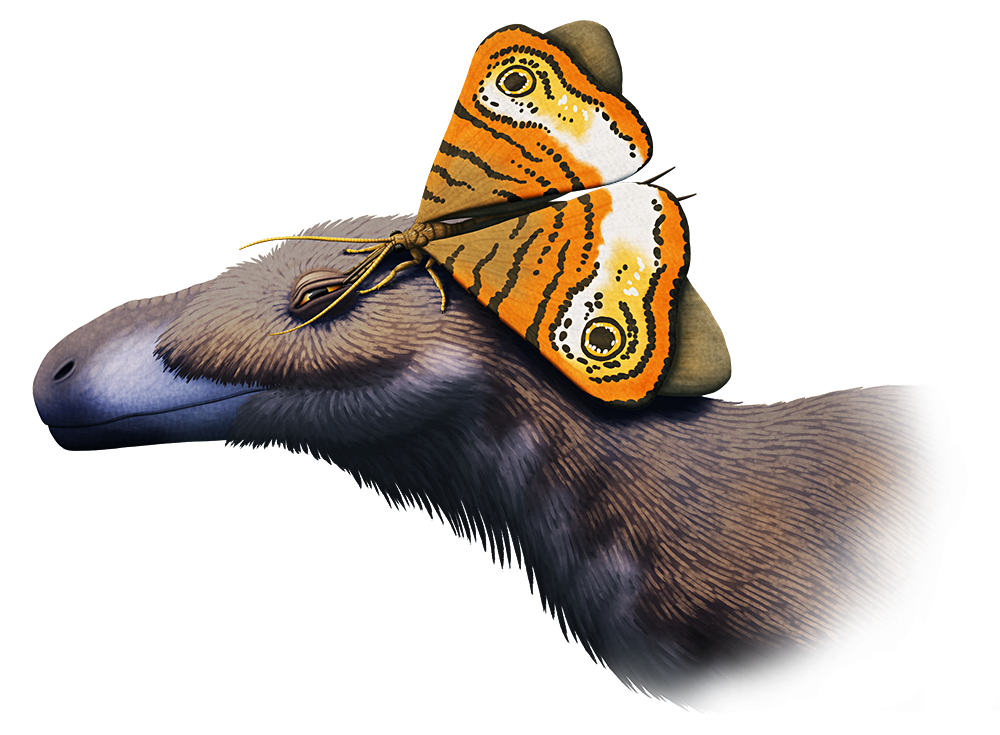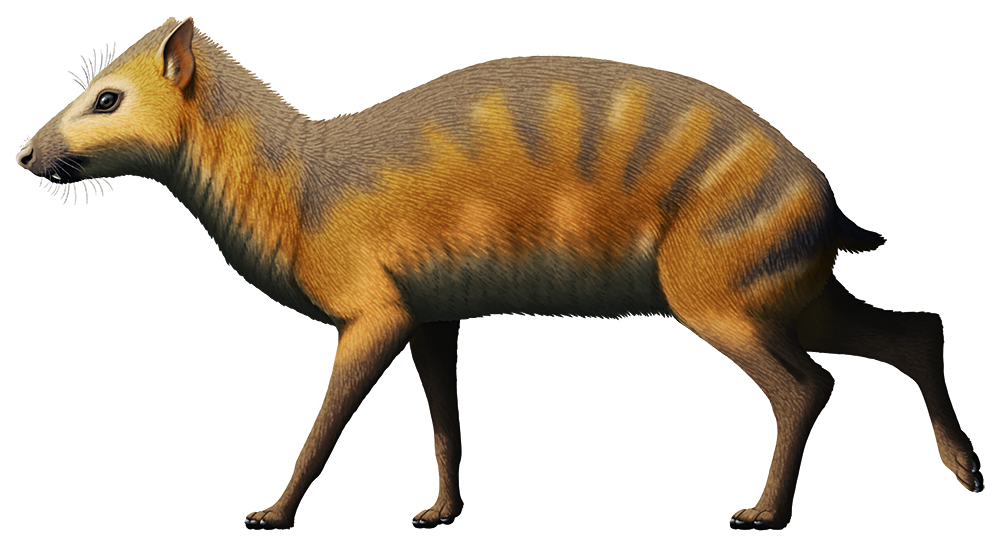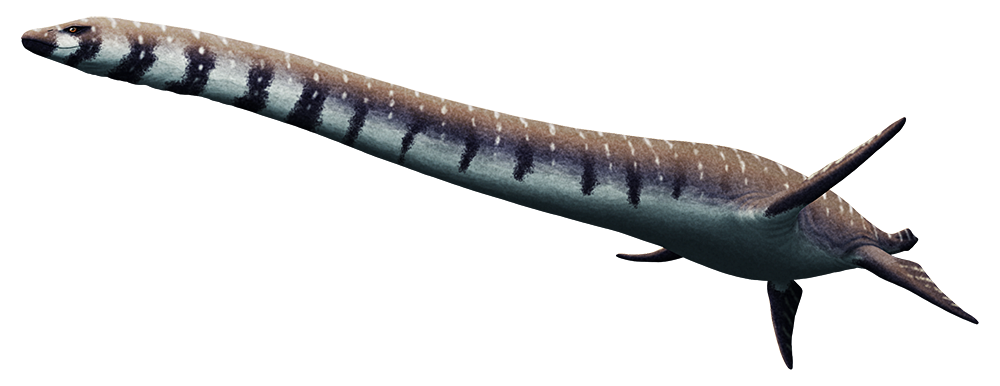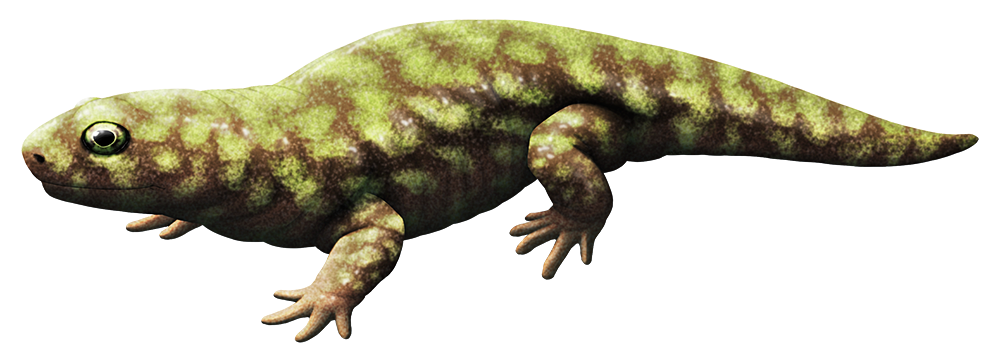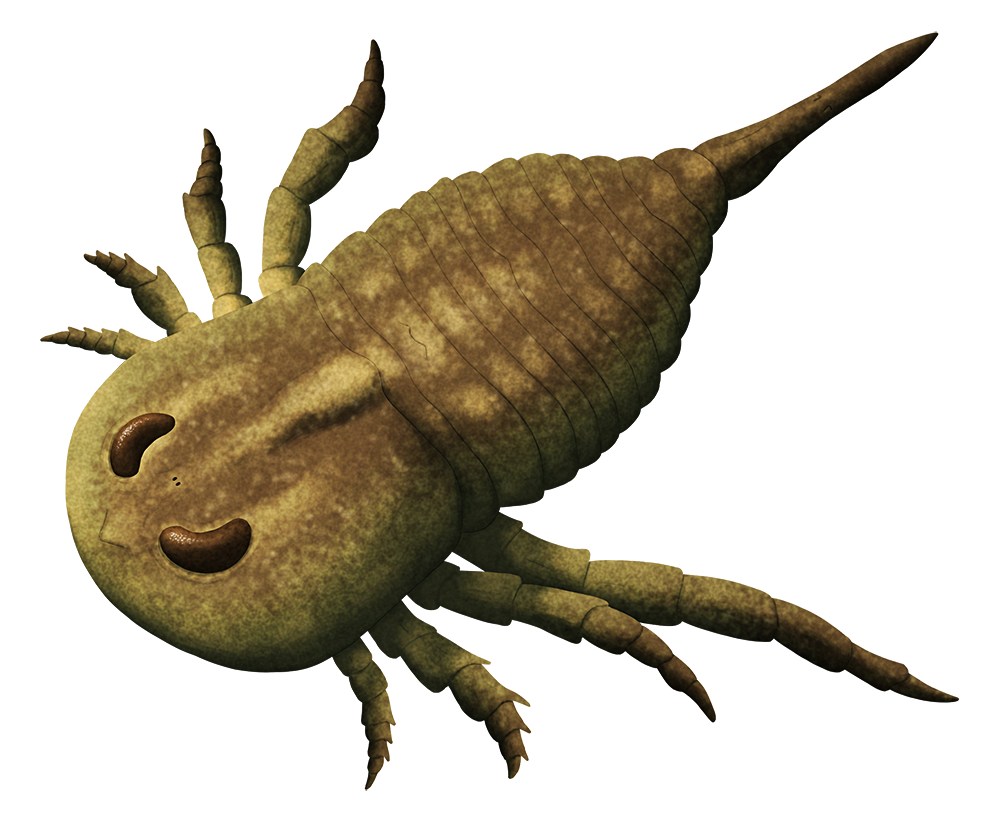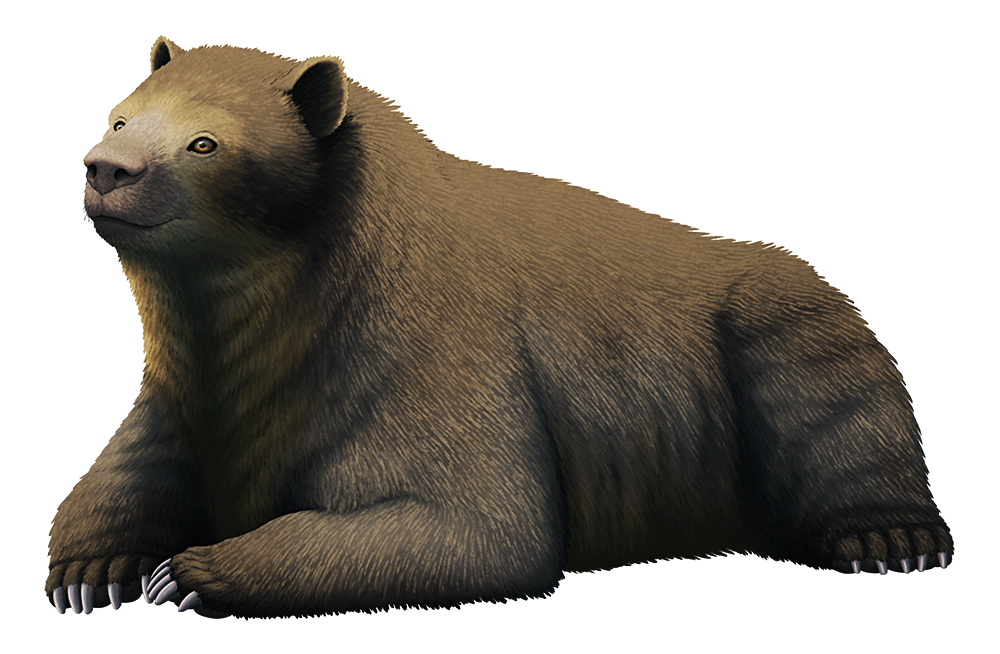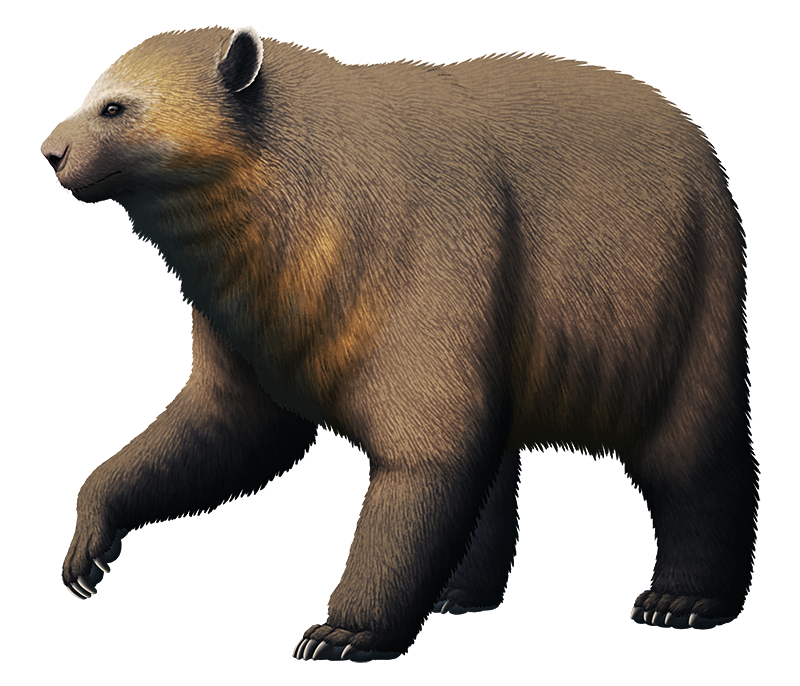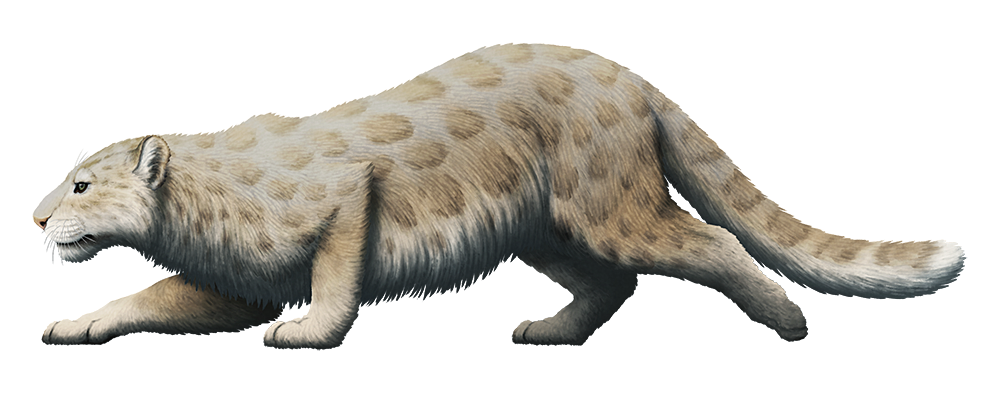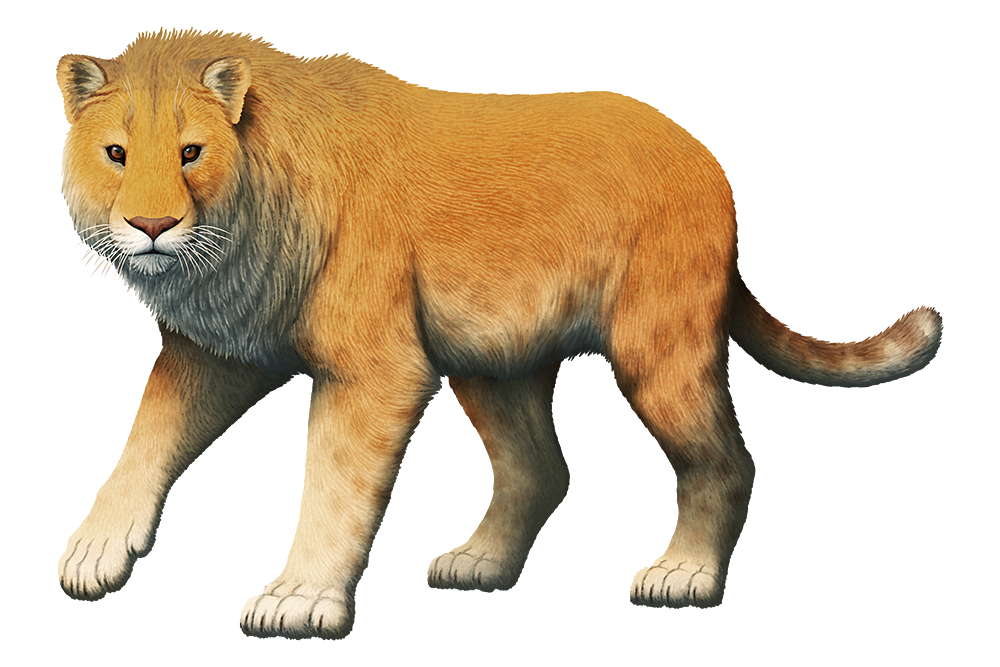Did you know butterflies weren’t the first insects to look like butterflies?
Lepidopterans (the group of insects containing moths and butterflies) have been around since the Late Triassic – but it wasn’t until the diversification of flowering plants during the Cretaceous that recognizable moths would have evolved, and true butterflies didn’t actually appear until the early Cenozoic.
Before then, back in the mid-Jurassic about 165 million years ago, a completely different group of insects convergently evolved remarkably butterfly-like features such as large colorful scaled wings and long sucking proboscises.
Known as the kalligrammatids, these insects were giant members of the lacewing group, related to modern forms like antlions and owlflies. But unlike their predatory relatives the kalligrammatids were specialized pollinators, possibly having a mutualistic relationship with the flower-like cones of bennettitales or the pollination drops of some types of conifers. They seem to have originated in China and were found across Asia and Europe by the Late Jurassic, but a few fossils from South America suggest they were even more widespread and may just have a poor fossil record.
They reached wingspans of up to 16cm (~6″), comparable to some of the largest modern butterflies, and often sported conspicuous anti-predator markings on their wings such as stripes and eyespots – so it’s not surprising that they’re often nicknamed the “butterflies of the Jurassic”.

Rather ironically, the extinction of the kalligrammatids was probably linked to the rise of the flowering plants that the true butterflies would later be so dependent on. As flowers diversified and plants like the bennettitales declined, the kalligrammatids dwindled and disappeared, with the last known fossil record coming from the mid-Cretaceous of Brazil about 113 million years ago.
But while they were around, I do wonder if they also exhibited some similar behaviors – such as mud-puddling for extra nutrients, and specifically the habit of drinking the tears of larger animals that we see in some species. Perhaps some non-avian dinosaurs like this Dilong occasionally put up with kalligrammatids sitting on their faces!

